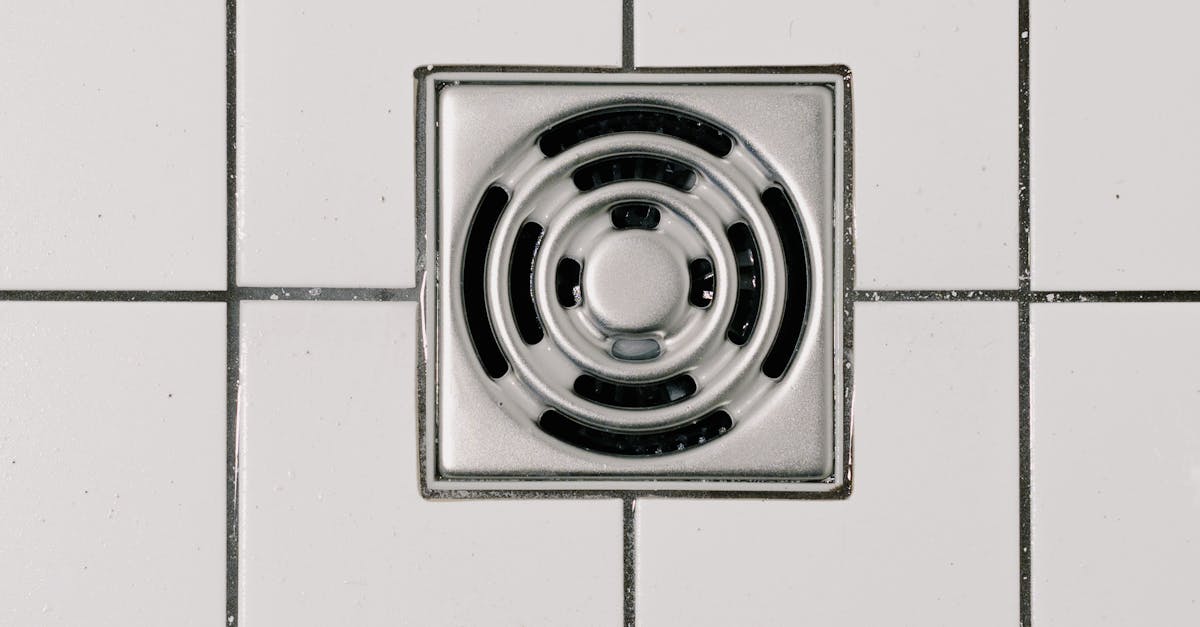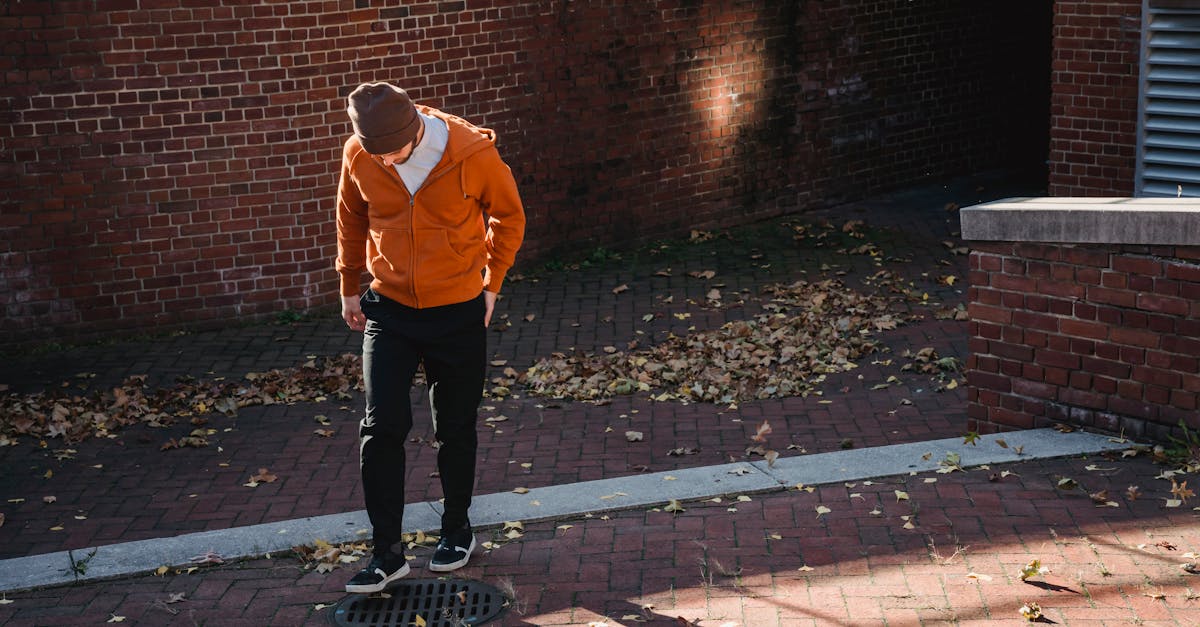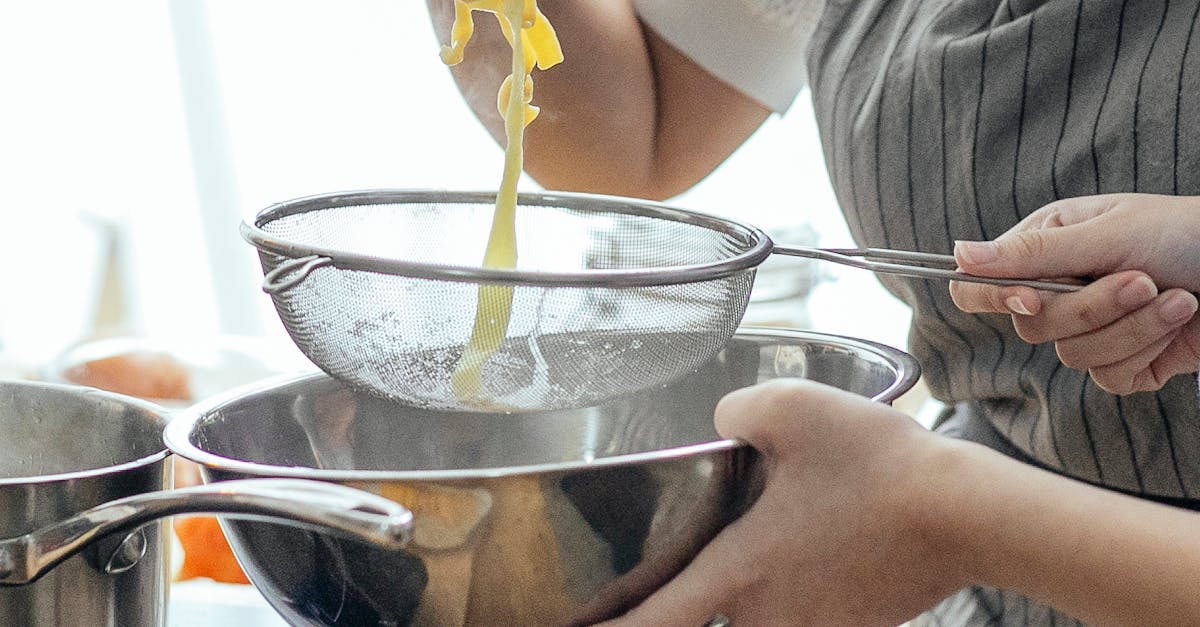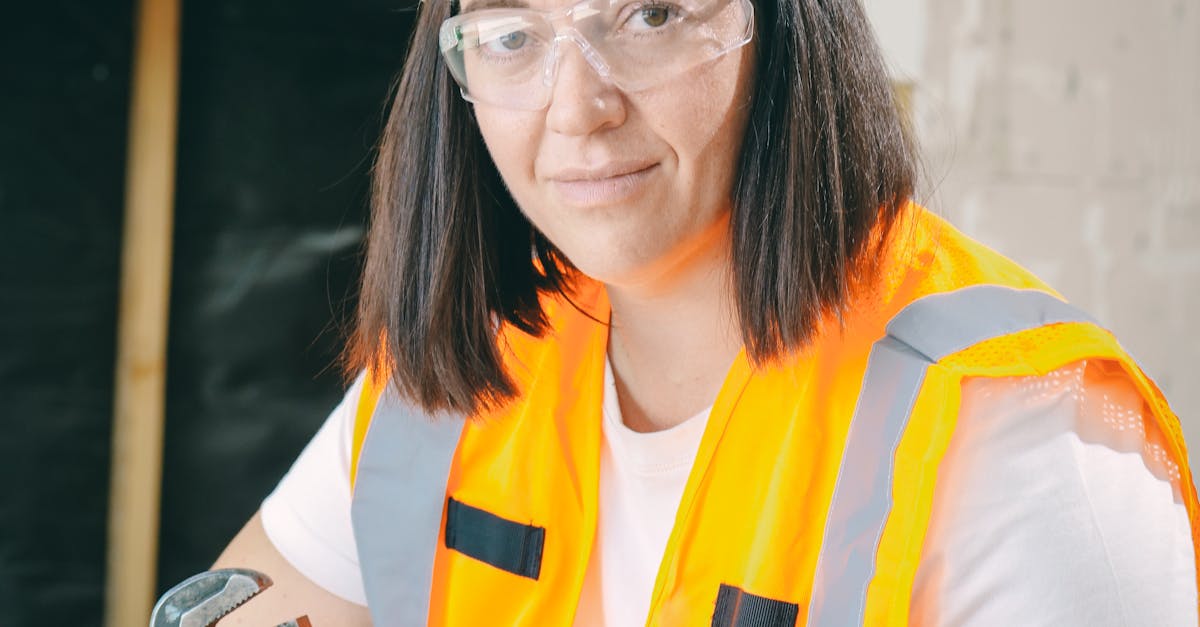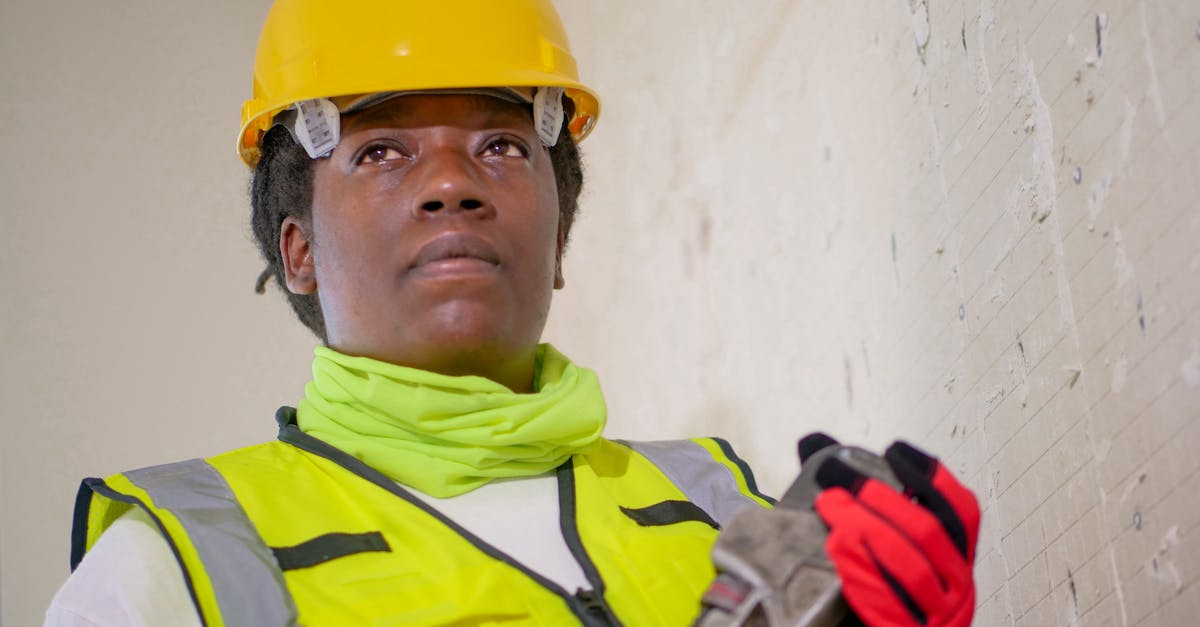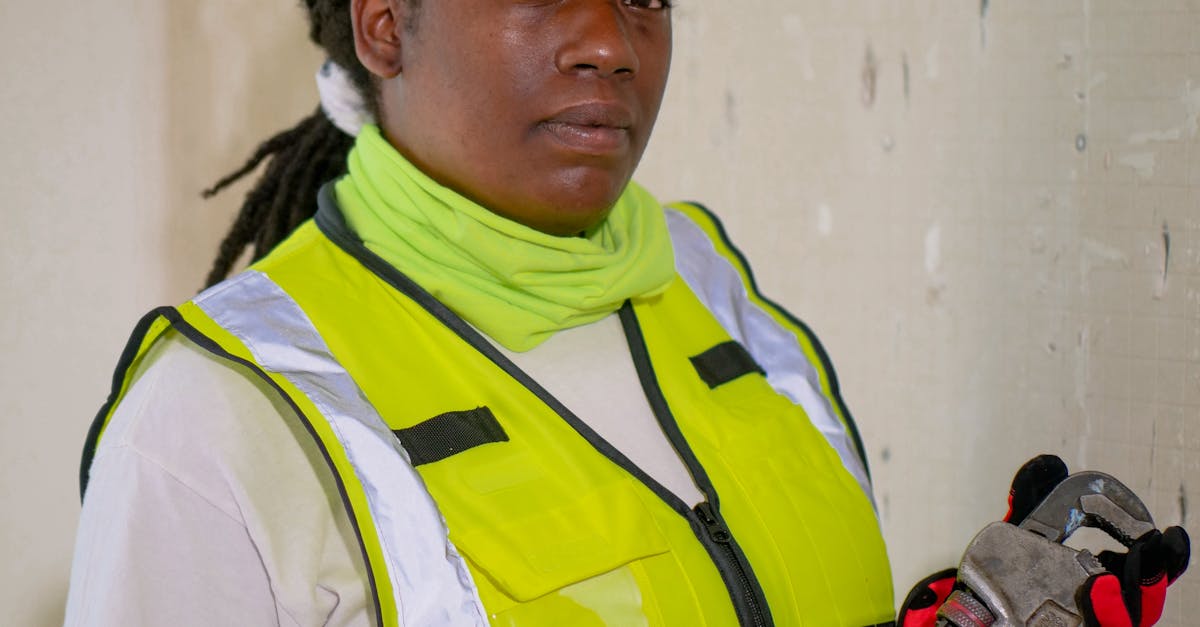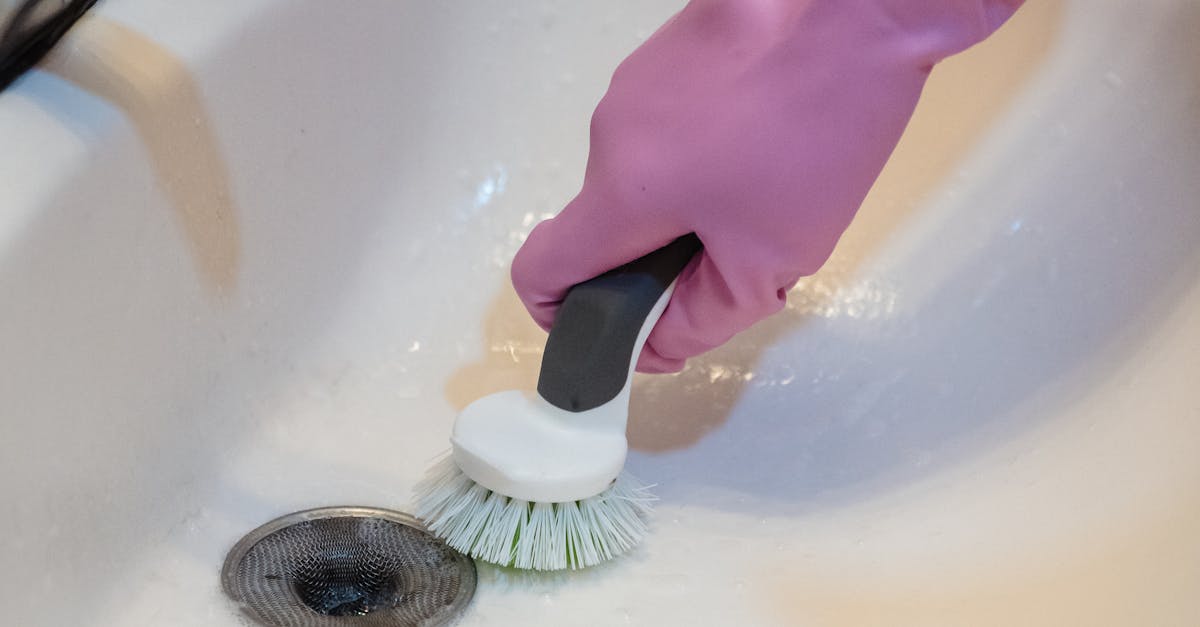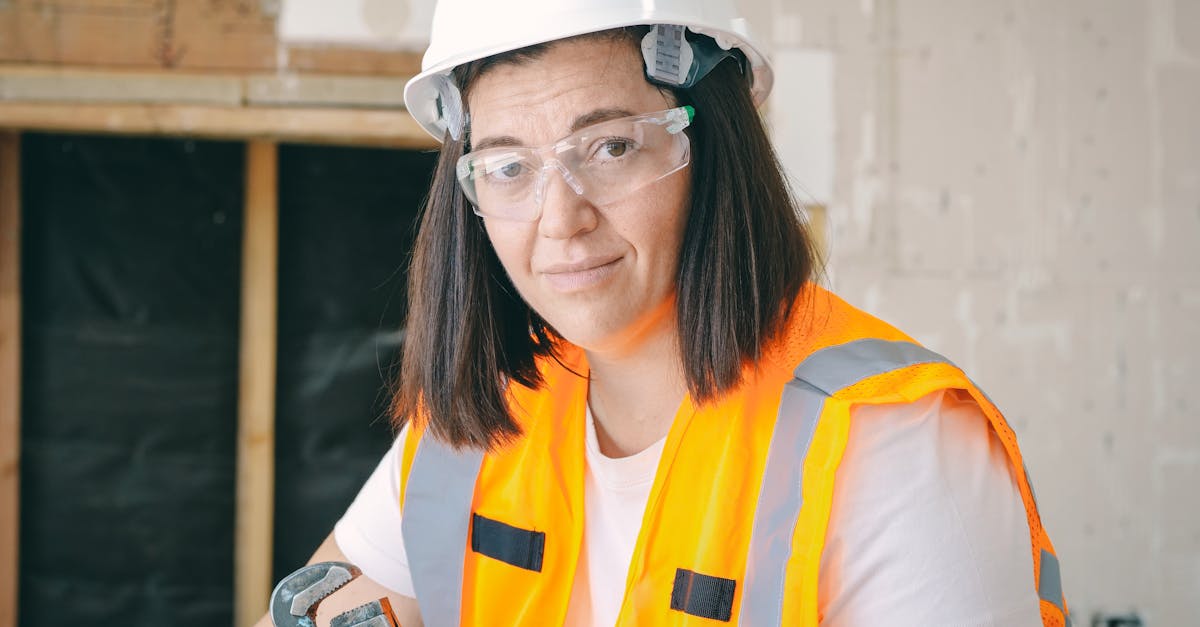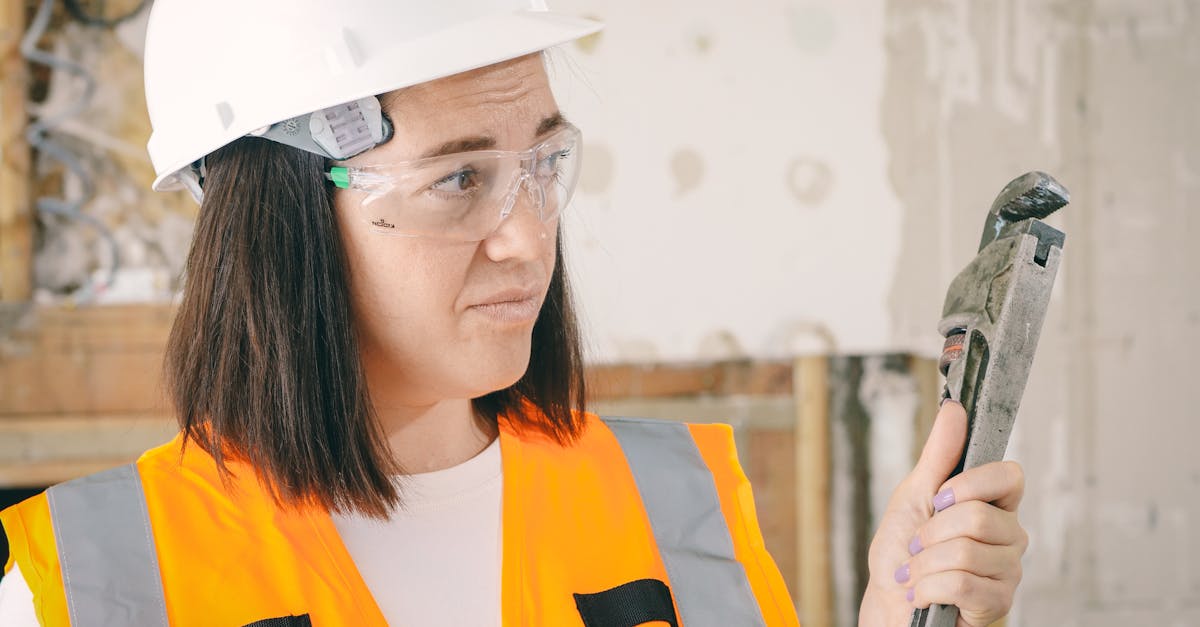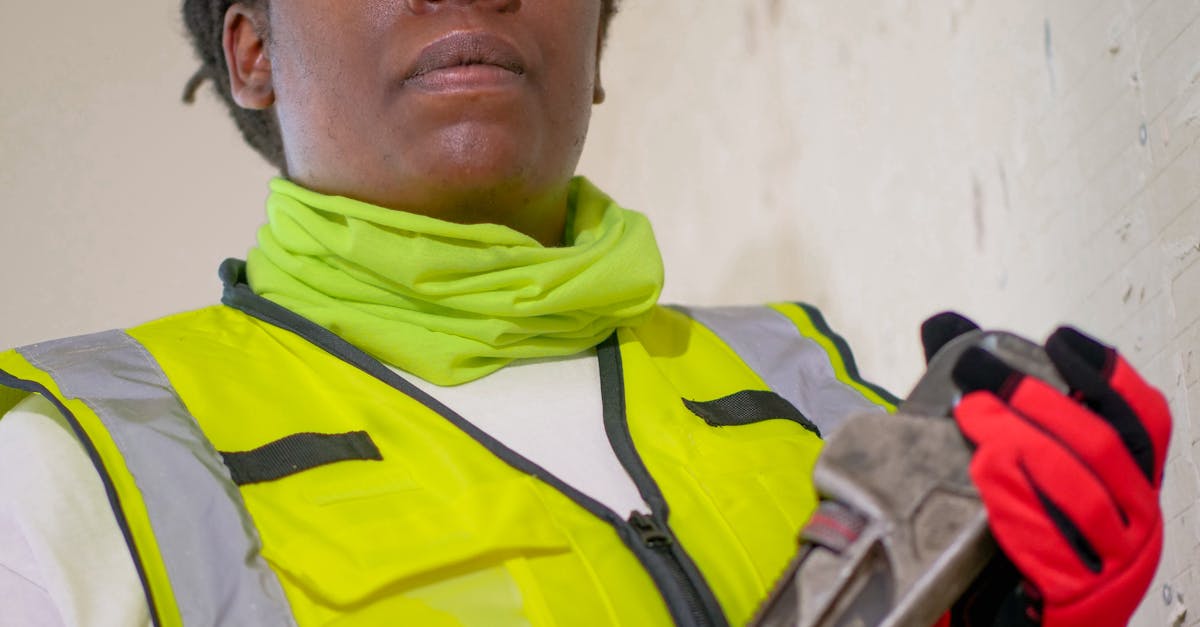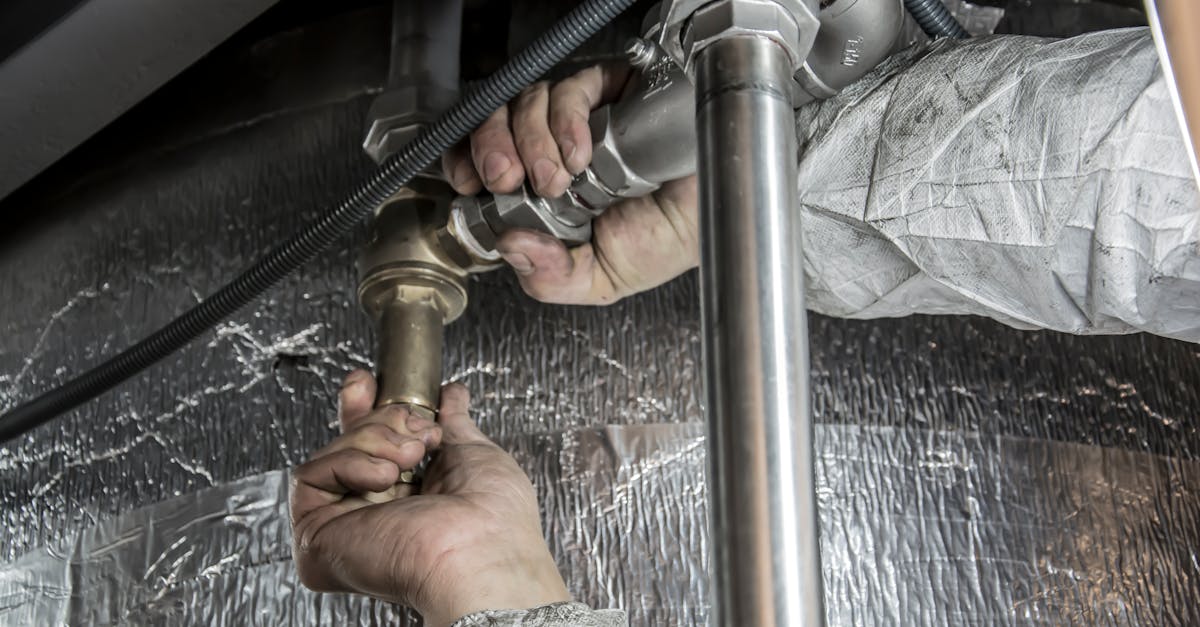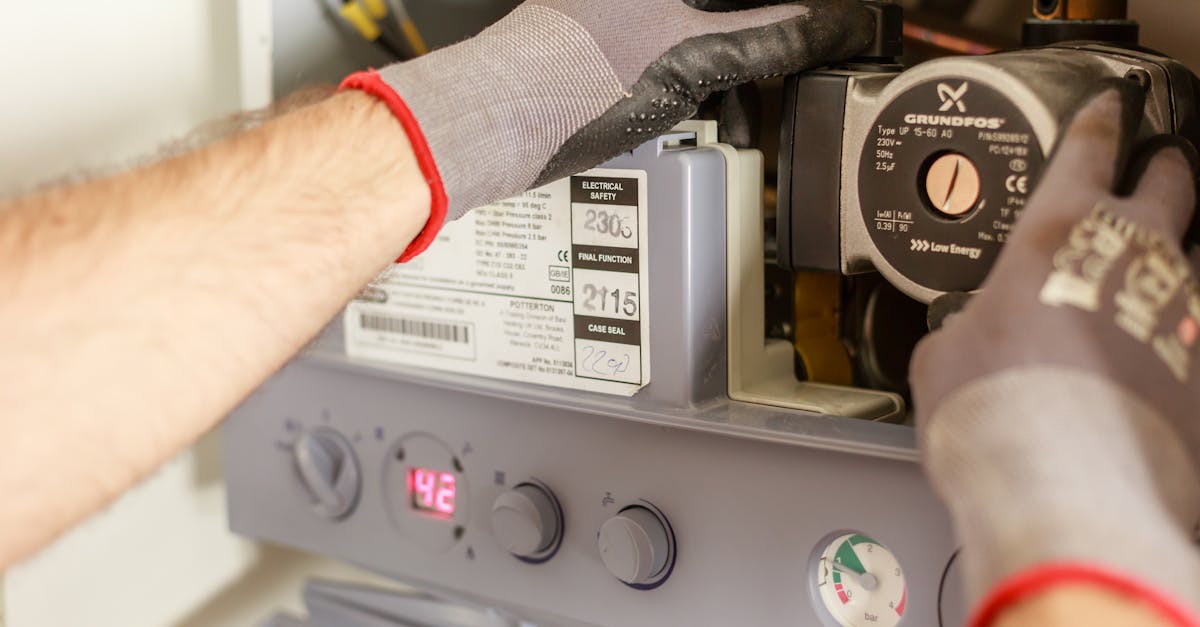
Table Of Contents
Common Installation Challenges
Toilet installation and repair can present a variety of challenges, particularly for those tackling the project without professional help. One of the most common issues is ensuring that the toilet is level and securely fastened to the floor. An uneven toilet can lead to leaks and improper functioning over time. Additionally, problems can arise with plumbing connections and sealing, which may not be apparent during installation. Such challenges may result in costly repairs if not addressed properly.
Another significant challenge is the potential for damaging existing plumbing fixtures or surrounding areas during the installation process. DIY projects often involve a learning curve, and a lack of experience can lead to mistakes that could compromise not only the toilet but also the bathroom's overall structure. Furthermore, the correct disposal of old toilets and materials can add to the complexity. Understanding the overall scope of toilet installation and repair is crucial to navigate these hurdles successfully.
Potential Issues with DIY Projects
Undertaking toilet installation and repair as a DIY project can come with a range of potential issues. Many people underestimate the complexities involved, such as ensuring proper water supply connections and sewage disposal. A minor mistake could lead to leaks, which may cause extensive water damage or create unsanitary conditions. Additionally, a lack of experience can impede the ability to troubleshoot unexpected challenges during installation, resulting in an incomplete or poorly-functioning setup.
Another common concern involves the availability of tools and materials necessary for a successful installation. DIYers might not possess specialised equipment, leading to a reliance on improvised solutions that can compromise the integrity of the installation. Furthermore, without proper knowledge of plumbing codes and regulations, there is a risk of failing to meet local standards, which can lead to fines or complications when selling a property. Ensuring adherence to these guidelines is crucial to avoid complications that may arise from a hastily executed project.
Health and Safety Considerations
Handling toilet installation and repair requires careful attention to health and safety. When working in confined spaces, there is a risk of slips and falls. Ensuring the area is well-lit and keeping the floor dry can mitigate some hazards. Proper lifting techniques are also important to prevent strain injuries during the heavy lifting associated with toilet units. Understanding the materials involved, such as the potential for sharp edges or heavy ceramic, can further reduce injury risk.
Additionally, it is essential to consider water safety when installing toilets. Leaks can lead to mould and mildew, which pose health risks over time. Ensuring pipes are properly sealed is crucial. Using the right materials and following manufacturer guidelines will help maintain both your health and that of future users in the home. Familiarisation with plumbing codes can provide added safety assurance, preventing future conflicts or safety concerns associated with faulty installations.
Safety Precautions During Installation
When undertaking toilet installation and repair, prioritising safety is essential. Wearing appropriate personal protective equipment, such as gloves and goggles, helps mitigate risks associated with handling tools and materials. Ensure the workspace is well-lit and free of clutter to prevent accidents. Keeping a first aid kit on hand also prepares you for any minor injuries that may occur during the process.
Properly disconnecting the water supply is a crucial step to avoid flooding or water damage. Before starting, turn off the mains water to the toilet and flush it to empty the tank. Fitting towels or rags around the base of the toilet can absorb any residual water that may leak. It is vital to understand how to safely handle heavy components and utilise tools correctly to prevent injuries while carrying out toilet installation and repair work.
Warranty and Guarantees
When opting for professional toilet installation and repair, one of the key advantages is the warranty often provided by licensed plumbers. Typically, these warranties cover both the workmanship and the parts used during the installation process. This means that if any issues arise within a specified timeframe, homeowners can rely on the professionals to resolve them without additional costs. Such protection offers peace of mind, knowing that the installation is backed by industry standards and expertise.
On the other hand, if you choose a DIY approach for toilet installation and repair, the absence of a warranty can pose risks. While saving money initially may seem appealing, any mistakes in the installation can lead to costly damages or even the need for complete reinstallation. Without manufacturer coverage or installation guarantees, any complications that arise will solely be the responsibility of the homeowner, often resulting in more expenses and time spent on remedies.
Understanding Coverage for Both Options
When considering toilet installation and repair, understanding warranty coverage can greatly influence your decision. Professional plumbers often provide warranties on their work, which typically cover issues arising from installation errors or material defects for a specified period. This guarantee assures homeowners that if any problems occur shortly after installation, they will be addressed free of charge, providing peace of mind and potential cost savings.
On the other hand, DIY projects usually lack this level of protection. While you may not incur immediate costs for professional services, any mistakes made during installation may lead to expensive repairs down the track. Without a warranty, the financial burden falls entirely on the homeowner if problems arise. This risk assessment is crucial when weighing the options between hiring professionals and tackling the project independently.
FAQS
What are the common challenges faced during toilet installation?
Common challenges include ensuring proper alignment, managing plumbing connections, and overcoming space constraints. Additionally, old fittings may be difficult to remove, and new toilets may not fit existing spaces without adjustments.
What potential issues can arise from DIY toilet installation?
Potential issues include leaks from improper sealing, incorrect installation leading to malfunction, and damage to existing plumbing. DIY installations may also result in voiding manufacturer warranties if not done according to specifications.
What health and safety considerations should be taken into account during toilet installation?
It's important to consider ergonomics to avoid strain during installation, as well as ensuring proper ventilation when using adhesives or sealants. Additionally, handling heavy toilet units requires caution to prevent injury.
What safety precautions should I follow during toilet installation?
Safety precautions include wearing gloves and goggles, ensuring the area is well-ventilated, stabilising the toilet securely before use, and turning off the water supply before starting any work to prevent flooding.
How do warranties differ between DIY and professional installations?
Warranties for DIY installations typically cover the toilet itself but may not include coverage for damage caused by improper installation. Professional installations often come with service guarantees, meaning that the work is covered for a certain period, adding an extra layer of protection for homeowners.

